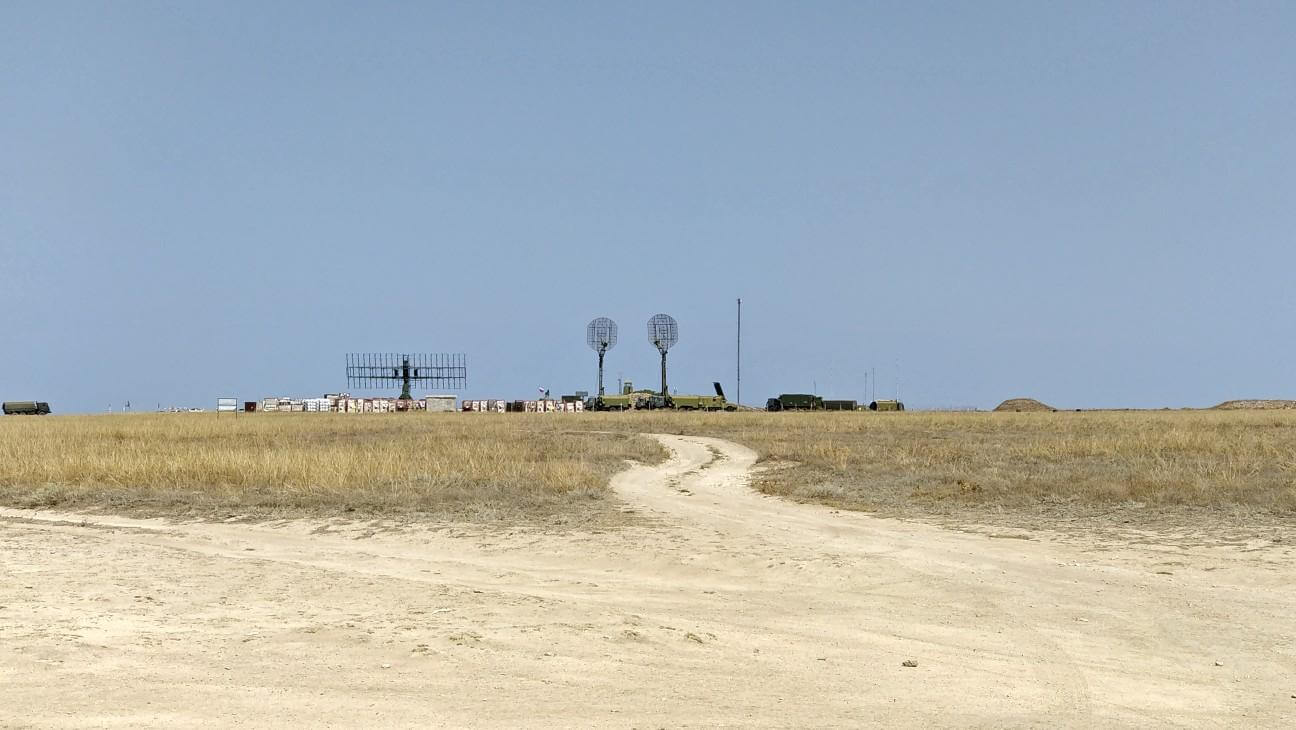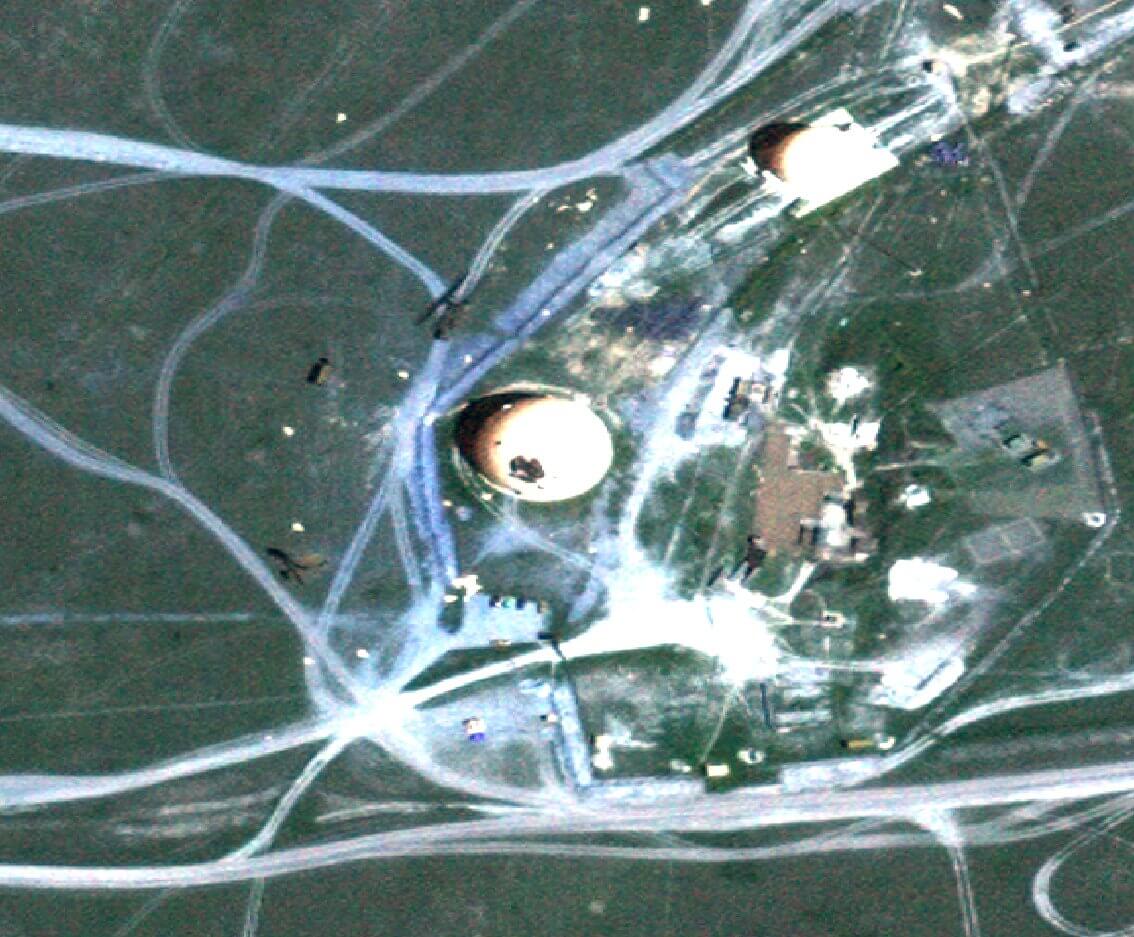Satellite images confirm that a large-scale Russian radar has been destroyed in Crimea. This radar is strategically important as it covers the low and medium-altitude airspace north of Sevastopol, as well as a portion of Ukrainian high-altitude airspace. This attack follows Ukraine's desire to reduce Russian detection and intelligence capabilities, including radars and electromagnetic intelligence ships.
A strategic site
On June 11, an image of the Mayak radar site (Crimea) could be seen on social networks. The site comprises two main radome radars. The large radome houses a 3D VHF/UHF RLM-M radar, with an antenna almost 20 meters wide. This was strategically positioned by the Russians to control the airspace north of the all-important Sevastopol base. It can also monitor all aircraft flying over the northern and central Black Sea, as well as over Ukrainian territory. In terms of capability, this radar is part of the Nebo-M mobile radar system, capable of detecting aircraft, helicopters and missiles.
This detection capability obviously varies according to the altitude of the aircraft detected. The tweet below gives an idea. It should be pointed out, however, that the image's detection altitude assumes a zero level at 10 meters above ground level, equivalent to 52 meters above sea level. This altitude corresponds to the estimated altitude of the radar antenna. In fact, at this altitude, the radar can detect an aircraft flying at:
- 100 meters altitude at antenna level (or 152 meters above water) over a range of around 65 kilometers
- 500 meters altitude (AGL) over a range of 105 kilometers
- 1.000 meters altitude (AGL) over a range of 135 kilometers
- 10,000 meters altitude (AGL) over a range of 370 kilometers
The radar is located on Cape Tarkhantut in Crimea, 140 kilometers south of Kherson and 110 kilometers northeast of the Sevastopol naval base.
A desire to blind the Russians
With this destruction, the Russians have a diminished detection capability. However, the radar station has not been destroyed:
- Satellite images (tweet above) confirm that the second radome has not been destroyed.
- Mobile radars are also visible, but difficult to identify.
However, this destruction does not appear accidental since the dome structure appears intact, apart from the visible hole. Radar being fragile, it is therefore more than likely that it was destroyed in a Ukrainian attack in preparation for their counter-offensive in the summer of 2023: at that time, the Ukrainians are not yet going on the offensive but are in the midst of a preparatory phase. So, while Russian opponents were being deployed in Russia, the Ukrainian Armed Forces were also trying to reduce the Russians' means of detection as much as possible. Indeed, without radar, Russian anti-aircraft defense becomes less effective against long-range targets.
In fact, the recent attack on the Russian spy ship Pryazovye (video on the subject) also points in this direction: if the Ukrainians had succeeded in damaging or sinking this intelligence vessel with ELINT and COMINT capabilities, the Russians would have lost a means of geolocating, analyzing and identifying the various Ukrainian radars, jammers,.... and listen in on communications between Ukrainian military personnel.
The Russians have a lot to gain from this.


Découvrez cet article sur Air&Cosmos

